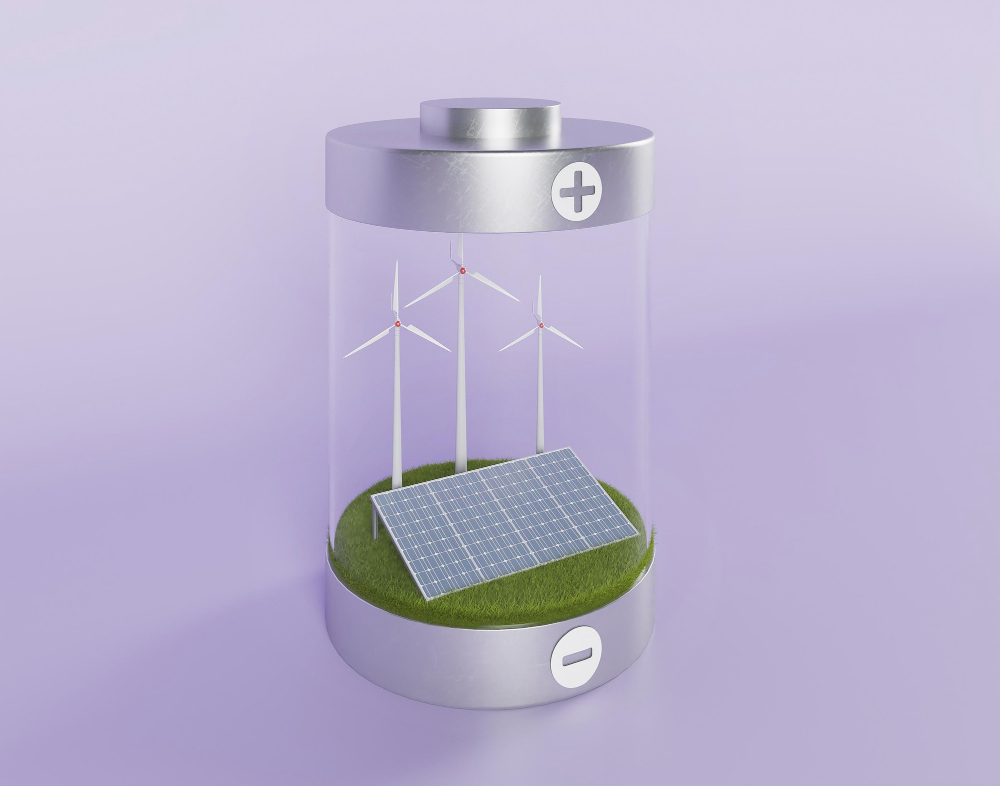
Solar Panels as Wall Façade
A concept at the intersection of renewable energy technology and architectural design, holds significant promise for revolutionizing the way we think about building structures. The use of solar panels as wall facades is an innovative approach involving integrating solar photovoltaic (PV) modules directly into a building’s exterior, effectively turning the structure itself into a clean energy generator.
Our expanding understanding of sustainability, energy efficiency, and architectural innovation is reflected in the use of solar panels as wall facades. Renewable energy generation, optimal use of space, aesthetics, environmental responsibility, and energy conservation are the key motivators for this strategy.
Solar panels installed in a wall facade use sunshine to generate power, lessening a building’s reliance on traditional energy. In addition, in urban contexts where space is restricted, making efficient use of vertical surfaces becomes critical. Solar wall facades transform a previously unused resource into a viable energy-generation platform.
One of the most compelling arguments in favor of employing solar panels as wall facades is its ability to offset a building’s energy use. The generated electricity can be used to power the structure, resulting in lower energy bills and total energy saving.
Advantages:
1. Solar panels, even when integrated into a vertical surface, can capture a significant amount of sunlight and convert it into electricity.
2. The efficient use of vertical surfaces provides a way to generate solar power without needing additional land or rooftop space, which can be especially valuable in densely populated urban areas.
3. Properly designed solar facades can enhance a building’s aesthetics, offering a contemporary, eco-friendly, and unique appearance. The panels can be seamlessly integrated into the building’s design, serving both form and function.
4. Solar wall facades play a crucial role in reducing greenhouse gas emissions, mitigating the environmental impact of buildings, and lessening dependence on fossil fuels.
5. By generating electricity on-site, solar facades can offset a building’s energy consumption, potentially leading to lower electricity bills and overall energy conservation.
6. Solar panels for facades come in various shapes, sizes, and colors, allowing for customization to match the building’s design and meet the architect’s vision.
7. Integrating solar panels into the building envelope represents a fusion of sustainable technology and architecture, showcasing a commitment to clean energy and innovation.
Disadvantages:
1. The installation of solar panels as a facade can be expensive due to specialized design and engineering requirements.
2. It may take several years to recoup the initial investment through energy savings, affecting the return on investment. Building owners and developers need to carefully evaluate the financial feasibility of this approach.
3. Cleaning and maintaining the panels can be difficult, especially if they are installed at a height. They may require periodic inspections to ensure optimal performance, adding to long-term costs.
4. Solar panels’ effectiveness is highly dependent on weather conditions. Reduced efficiency during cloudy or rainy days can impact their energy generation capacity.
5. Building codes, zoning regulations, and historical preservation restrictions may pose challenges in some areas, making it harder to implement solar facades.
The major goal of using solar panels as a wall facade is to help with energy conservation. By generating clean electricity, these installations can dramatically lower a building’s energy use. The energy generated can be used to power the lighting, appliances, and other electrical systems in the building, resulting in lower energy costs and overall energy conservation.
The precise influence on energy conservation is determined by various factors, including the size and efficiency of the solar panel installation, the energy needs of the building, and its geographical location. Solar wall facades are very useful in sunny areas with enough sunlight all year.
When using solar panels as a wall facade, aesthetic concerns are critical. The effectiveness of such an installation is frequently determined by how well the panels are integrated into the design of the structure. When done appropriately, solar facades can improve the appearance of a building by providing a modern, eco-friendly, and one-of-a-kind look. Poor integration or design, on the other hand, might detract from the overall architectural harmony of the building. A basic difficulty that architects and designers must confront is balancing beauty with utility.
The color and polish of the panels are important aesthetic considerations. Solar panels come in a variety of colors and can be modified to complement the architecture of the structure or blend in perfectly with the surrounding environment. Its customization allows architects and designers to express themselves while keeping the solar installation functioning.
Finally, using solar panels as a wall facade provides an innovative approach to sustainable building design and energy generation. It is consistent with the global shift toward clean and renewable energy sources, providing a variety of benefits ranging from lower energy costs to reduced environmental effect. Yet, there are certain obstacles to consider, such as the initial cost and maintenance requirements. The architectural environment will continue to alter as technology advances and the use of solar wall facades becomes more ubiquitous, giving new possibilities for more sustainable and aesthetically beautiful structures. Balancing solar panel integration with building design while increasing energy generation will be a primary priority for architects, designers, and builders in the coming years.






